In the rugged landscapes of Indonesia's Komodo Island, a team of researchers has uncovered startling new insights into the microbial world lurking within the saliva of the island's apex predator—the Komodo dragon. These ancient reptiles, known for their formidable size and fearsome reputation, harbor a complex ecosystem of bacteria that may hold the key to their hunting success and even offer clues for medical science.
The study, conducted over three years by an international consortium of biologists and microbiologists, reveals that the Komodo dragon's oral microbiota is far more sophisticated than previously believed. Unlike the simplistic "dirty mouth" theory that attributed the lizards' hunting prowess to pathogenic bacteria, new genomic sequencing techniques have identified a dynamic balance of antimicrobial compounds coexisting with potentially virulent strains. "What we're seeing isn't random bacterial contamination," explains lead researcher Dr. Elena Vasseur from the University of Brussels. "It's a curated microbial arsenal that appears to have co-evolved with the dragons."
Fieldwork challenges were immense, as obtaining saliva samples from wild Komodos required ingenious methods. Researchers used sterile swabs attached to telescopic poles to collect oral fluids from dragons feeding on carcasses, while others employed bait stations with temperature-activated collection vials. The team logged over 400 encounters, often working at night when the reptiles were most active. Local rangers played a crucial role in navigating the island's treacherous terrain and anticipating dragon behavior based on traditional knowledge passed down through generations of Komodo fishermen.
Genetic analysis uncovered 57 previously undocumented bacterial strains, including three entirely novel genera. Particularly intriguing was the prevalence of Peptostreptococcus komodoensis, a bacterium showing remarkable antibiotic resistance. Counterintuitively, the dragons appear completely unaffected by these microbes that would prove lethal to most mammals. This paradox has sparked new theories about the reptiles' immune systems, with preliminary evidence suggesting their blood plasma contains potent antimicrobial peptides that neutralize the same pathogens found in their saliva.
The research also challenges long-held assumptions about Komodo dragon hunting strategies. While the "septic bite" theory proposed that prey succumbed to bacterial infections days after being bitten, high-speed thermal imaging conducted during the study revealed another factor. Dragons appear to deliberately sever major arteries and tendons with surgical precision during attacks, with the microbial effects serving as an ancillary rather than primary killing mechanism. This dual-strategy approach—immediate physical trauma combined with delayed biochemical effects—may explain the dragons' success in taking down large prey like water buffalo.
Medical implications of these findings are already emerging. Several bacterial compounds isolated from Komodo saliva show promise against antibiotic-resistant pathogens like MRSA. Pharmaceutical companies have expressed keen interest, though researchers caution that developing commercial applications will require years of testing. More immediately, the study's microbial catalog provides conservationists with new tools to monitor dragon health, particularly as climate change alters the delicate balance of the Komodo ecosystem.
As tourism to Komodo Island increases, the research underscores the importance of protecting these unique creatures and their microbial symbionts. "We're not just preserving a spectacular reptile," notes Indonesian co-author Dr. Arief Purwo. "We're safeguarding an entire biochemical library that took millions of years to develop—one that might hold solutions to some of medicine's most pressing challenges." With plans underway for expanded studies across the Komodo archipelago, scientists believe this is merely the first chapter in understanding the extraordinary biology of Earth's largest lizard.
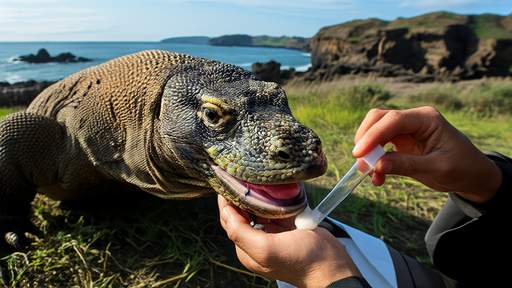
By /Jun 5, 2025
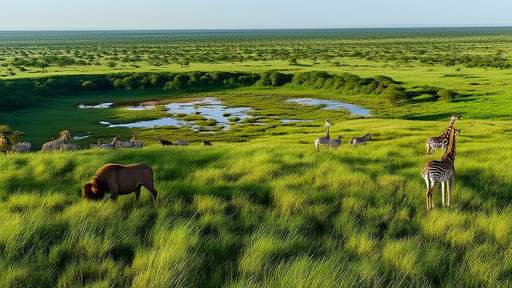
By /Jun 5, 2025

By /Jun 5, 2025
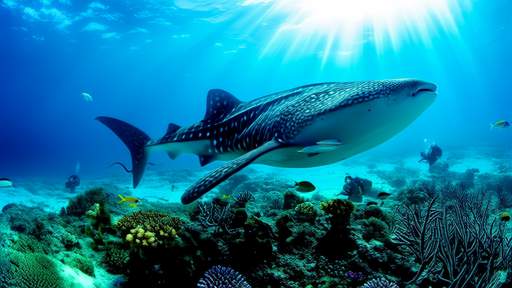
By /Jun 5, 2025

By /Jun 5, 2025

By /Jun 5, 2025
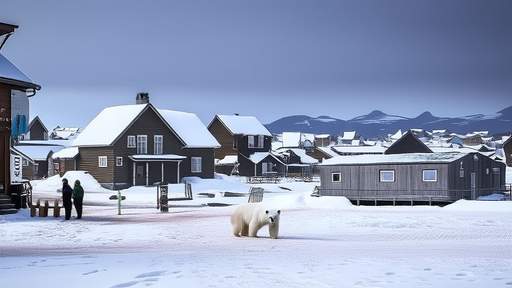
By /Jun 5, 2025

By /Jun 5, 2025

By /Jun 5, 2025

By /Jun 5, 2025

By /Jun 5, 2025

By /Jun 5, 2025

By /Jun 5, 2025
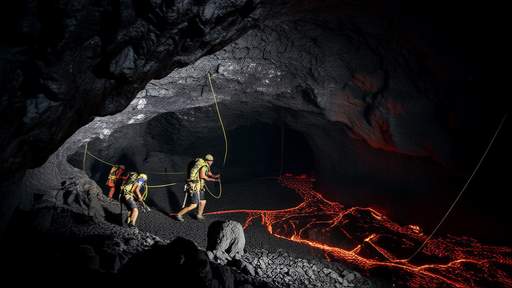
By /Jun 5, 2025
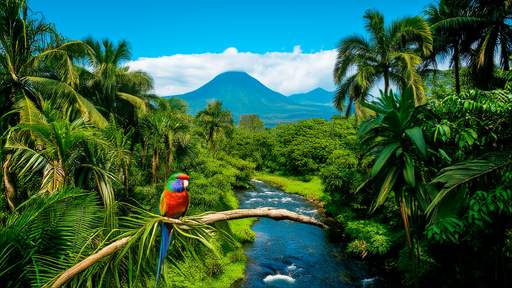
By Victoria Gonzalez/Jun 4, 2025

By Grace Cox/Jun 4, 2025

By Sophia Lewis/Jun 4, 2025

By Elizabeth Taylor/Jun 4, 2025
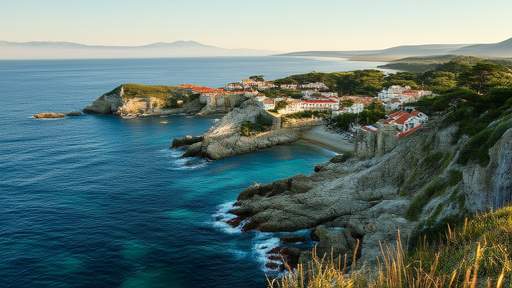
By Megan Clark/Jun 4, 2025

By Megan Clark/Jun 4, 2025